
Browse our fun-packed, helpful plant-based articles, and delve deeper into this healthy, sustainable lifestyle!


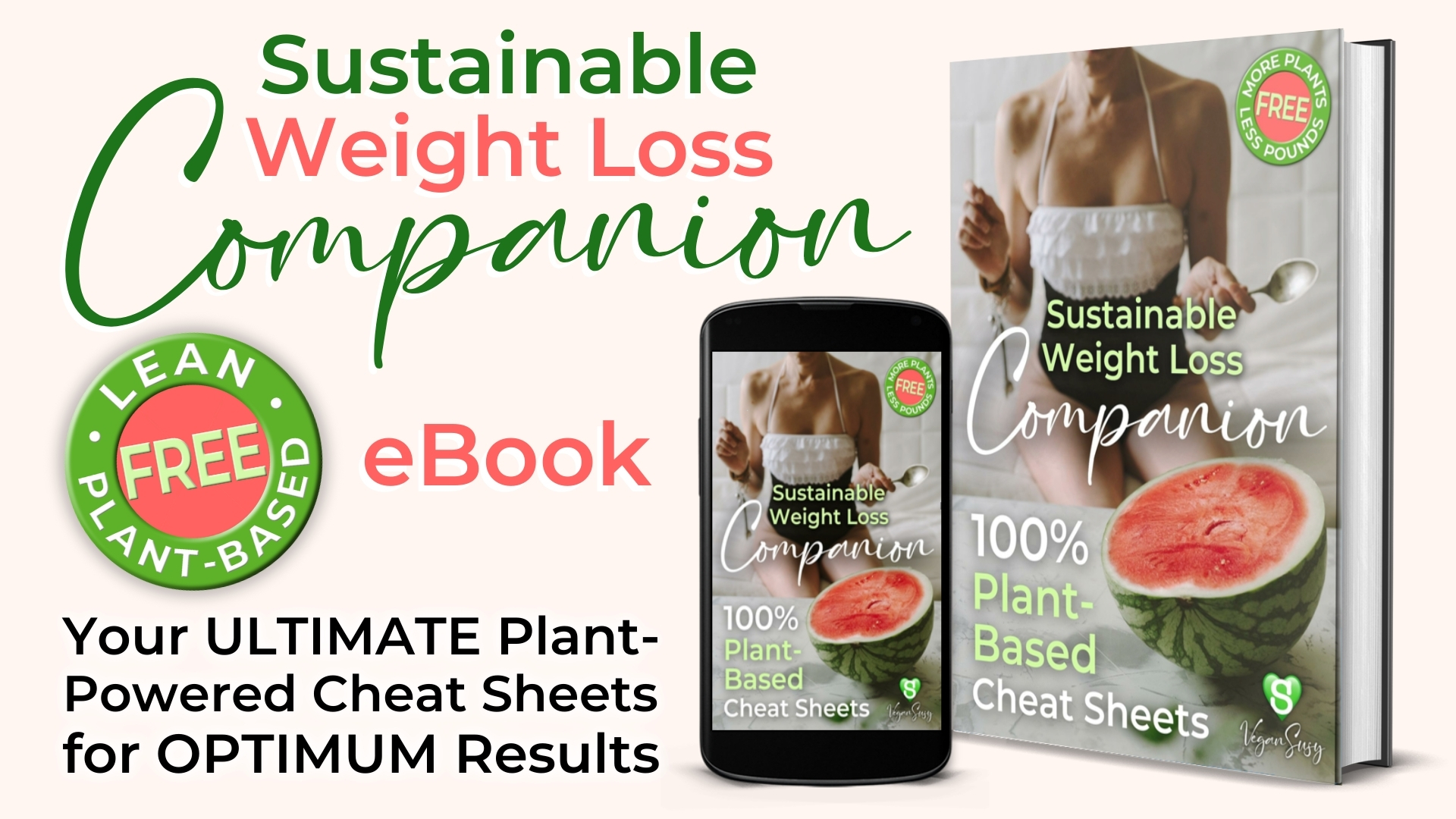

Plant-Based Diet & Exercises for Managing Joint Pain Over 40
Strength Training For Fat Loss For Women
Author: Plant-Based Susy
40 may be the new 20, but our joints don't always receive that message
We at Vegan Susy want to take the fear out of aging by sharing how a plant-based diet reduces inflammation and, when combined with exercise, can help manage joint pain.
Gentle exercise routines for managing joint pain on a plant-based diet after 40 often include strength training, stretching, and low-impact cardio like yoga, tai chi, and swimming. Start slowly and consider splitting up your sessions throughout the day instead of one long workout.
40 may be the new 20, but our joints don't always receive that message. As we age, the body may stiffen and pop, and we may develop a trick knee or chronic condition. We’ll show you how embracing an anti-inflammation vegan diet and thoughtful exercise can transform these years into our best.
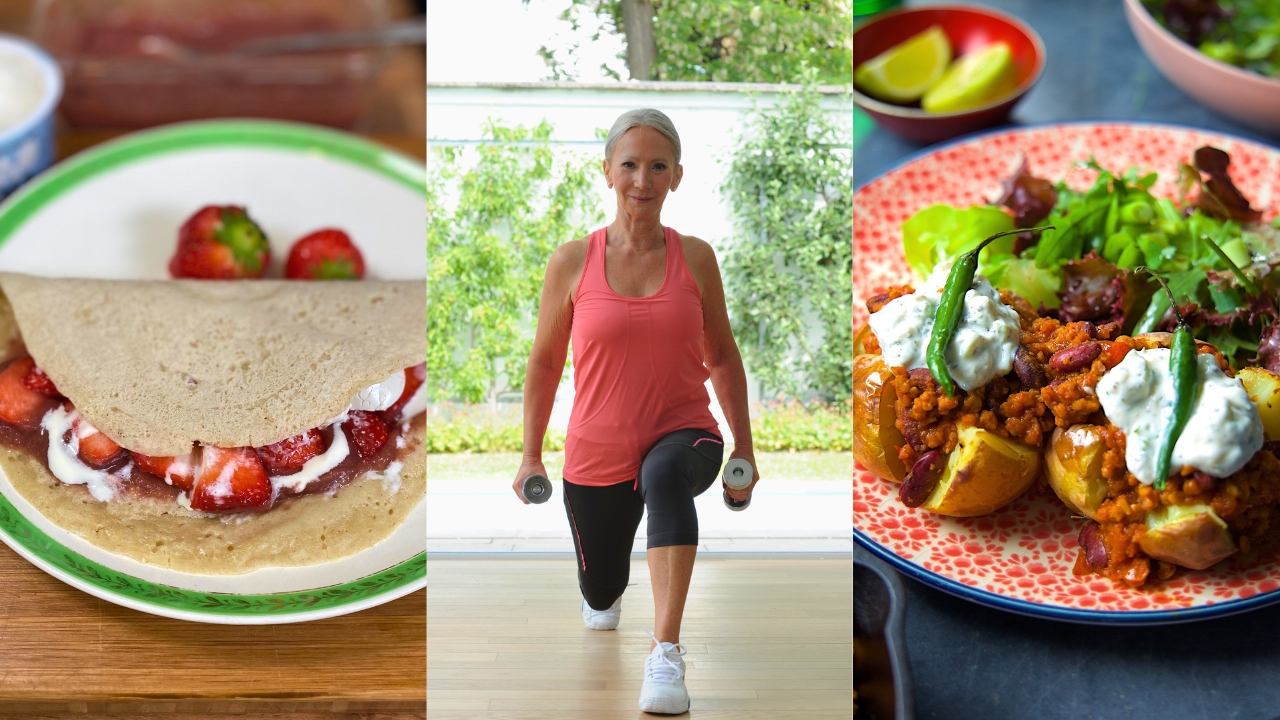
Table of Contents:
How Can a Plant-Based Diet With Exercise Help Joint Pain?
A plant-based diet paired with regular gentle exercise is ideal for those looking for non-medical methods for managing joint pain.
As the body ages, it's common for hormones to become unbalanced and inflammation to increase, creating aches and pains. The more we hurt, the less motivation to be active and stay fit. The lack of movement leads to decreased muscle tone, robbing our joints of vital support, and pain intensifies.
The situation becomes a pain-snowball.
Thankfully, there are ways to manage it. For starters, a healthy, low-fat, high-fibre, and high-protein vegan diet reduces inflammation and helps regain hormone balance, including those over 40 on the menopause journey.
The animal product-free diet also provides more energy and better sleep, which will help spark your motivation to move. As you embark on a gentle exercise program, your body will strength, and your joints will gain support.
In short, we believe plant-based eating and exercise will empower you to regain control of your health.
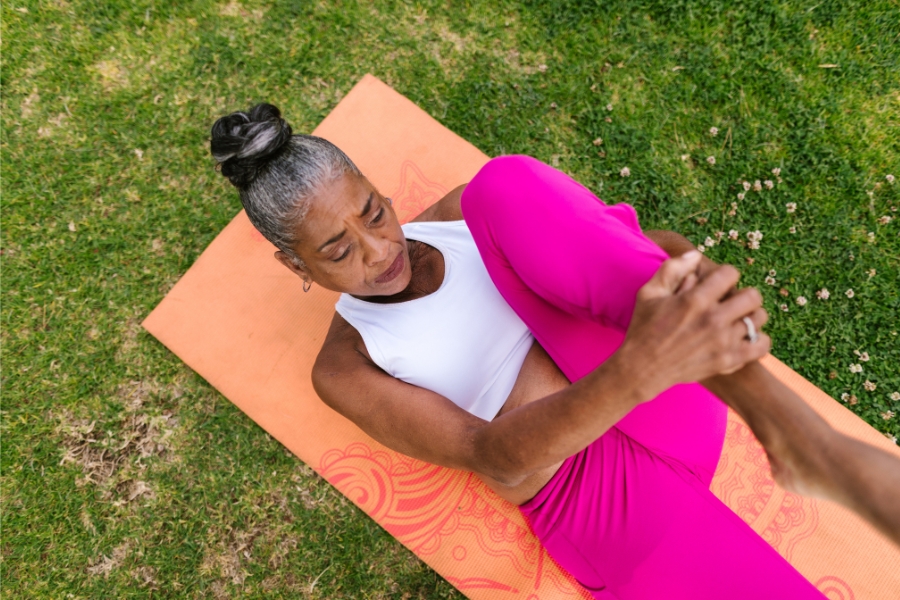
Why Is Exercise Better Than Rest for Joint Pain?
Traditionally, people experiencing joint pain were told to rest and avoid exercise, especially if they were over 40. But that advice has now changed, and even people with chronic conditions are encouraged to participate in low-impact exercise, stretching, and strength training.
As research shows, the outdated advice to rest and reduce activity created many undesirable side effects, including:
• Anxiety
• Depression
• Disability
• Increased pain
• Sleep disturbances
• Weight gain
• Additional health issues
But by becoming stronger and fitter, people over 40 can achieve a better quality of life, including those with chronic challenges. Common benefits include:
Reduced pain severity
Increased physical function
Better sleep
Improved mood and life outlook
Better weight management
Excellent Low-Impact Exercise for Joint Pain Over 40
Low-impact exercise is often the best way to keep fit if you are over 40 and are dealing with joint pain. The lack of pounding puts less stress on the body, which is especially important for those with chronic conditions like osteoarthritis, rheumatoid arthritis, lupus, or Ehlers-Danlos Syndrome.
But low-impact exercise doesn't necessarily mean low exertion. Many athletes have found themselves working hard in the pool after injuring a knee, ankle, or Achilles, only to discover that pool running and swimming can be an intense workout. (Just ask Michael Phelps.)
The beauty of low-impact exercise is that it allows the flexibility to exercise as hard or gently as your body needs. You can go as slow or fast as you like, depending on where you are in your fitness journey or where your health is on that day.
Low-impact exercise is often highly adaptable. For example, yoga, belly dancing, and many types of aerobics have versions that can be done from a chair. Cycling is also very accessible, including sports tricycles for people with balance issues and recumbent bikes for those struggling with back pain.
When looking at low-impact exercise options, consider what you love doing and where you'll feel more comfortable. Ask yourself questions like:
Would I prefer exercising in a group, like with friends, in a class, or as part of a club?
Do I prefer exercising alone?
How do I feel about gyms?
Do I enjoy exercising outdoors, indoors, or both?
Is exercising at home an option, or do I require external accountability?
Often, it's best to have a handful of low-impact exercises in your wheelhouse, as they all offer different benefits to the body and levels of fun. Also, the variety wards off boredom. Consider doing a few of the following:
• Aqua classes
• Bodyboarding
• Elliptical
• Lawn bowls
• Rollerblading
• Stationary bike
• Tai chi
• Swimming
• Paddle ski
• Pilates
• Walking

Strength Training for Joint Pain Over 40
Strength training used to be reserved for athletes and men. However, more women are turning to resistance and strength training as they become more aware of the risks of losing muscle mass and bone density over 40, and developing painful joint conditions like osteoarthritis.
Resistance and strength training helps joint pain by creating better joint support, increasing balance, and maintaining or regaining range of motion. Research has also shown that those with autoimmune conditions like rheumatoid arthritis benefit from strength training, including reductions in:
• Systemic inflammation
• Pain
• Morning stiffness
• Disease activity
But even women over 40 who don't have joint pain will benefit from resistance and strength training. It isn't just stronger bones or muscles, either. Positive rewards include:
Better sleep
Decrease in injuries
Increases metabolism
Improves posture
Lower stress levels
Healthier heart
Mental health boost
However, those who have joint pain must take care when beginning a resistance or strength training program. Tips include:
• Find out if there are any braces, splints, or supports you should wear while exercising.
• Warm-up and never start cold.
• Start with short sessions at low weight or resistance.
• Take your breaks between reps even if you don't feel tired.
• Gradually add weight and reps.
• Check your posture and consider starting off with a personal trainer or physical therapist to help.
• Stay in touch with your body and never ignore sharp, stabbing pains.
• The cool-down should include gentle stretches to prevent stiffness.
The Biggest Mistake to Avoid When Exercising for Joint Pain
We love enthusiasm, but one of the biggest mistakes made when exercising for joint pain is too much too soon. People throw themselves into a new program, overdo it, and then quit because they hurt even worse than before. Excessive training also risks horrible muscle spasms that can cause injury.
In addition, due to hectic lives, many people try to cram exercise into one part of the day. However, the Mayo Clinic has found it beneficial to break up your workouts throughout the day, especially if you have a chronic disease.
Marie Carlton, a 46-year-old with Ehlers-Danlos Syndrome (EDS) and fibromyalgia, has found this to be true.
"I spent years trying to keep up with everybody else, and all I accomplished was a lot of frustration, pain, and injury," she said. "I eventually learned that I need to start slow and limit the reps any time I add in a new exercise, increase the weight, or am recovering from an injury.”
"I also feel best when breaking up my workouts," she added. "So, on cardio days, I may do a 20-minute walk in the morning with another cardio session in the afternoon, like dancing. On strength-building days, I do it early and yoga later, as the stretching and movement help manage muscle spasms."
It reminds us of "The Tortoise and the Hare," the Aesop fable where slow and steady won the race.

Vegan-Friendly Proteins for Exercise and Strength Training
It is a myth that people need to eat animal proteins to see results in their exercise and strength training. There are many excellent vegan-friendly foods, including top plant-based protein, that can help women over 40 build muscle and stay strong.
Don't believe us? These elite athletes are vegans:
• Venus Williams
• Serena Williams
• Morgan Mitchell
• Chris Paul
• Hannah Teter
• Novak Djokovic
• Tia Blanco
• Lewis Hamilton
• Dotsie Bausch
• Rich Roll
• Alex Morgan
Excellent, protein-packed foods fuelling these top athletes include:
• Cashews
• Hemp seeds
• Lentils
• Seitan
• Mung beans
• Nutritional yeast
• Oatmeal
• Peanut butter
• Sesame seeds
• Split peas
• Soy
• Spirulina
• Tempeh
It is true that some plant-based proteins can require more digestion than some animal proteins. Thus, the average woman on a vegan diet requires around 50 grams of protein per day instead of the recommended 45 grams for those who eat animal products.
However, some athletes will require even more. If you are concerned, consider keeping a food diary to track your protein and record how you feel and your progress. Thus, any adjustments made can be monitored until you find the protein sweet spot that meets your body's needs.
Lastly, there are vegan-friendly protein powders. They're not essential for strength training, but some people enjoy them and find them convenient.
Plant-Based Foods for Managing Joint Pain Over 40
The healthier you eat, the better you'll feel. However, some plant-based foods are particularly helpful when managing joint pain and other common aches experienced by those over 40.
Add Leafy Greens to an Anti-Inflammatory Diet
Bok Choy
Pak Choi
Collards
Kale
Spinach
Swiss Chard
Leafy greens are rich in vitamins, including A, C, and K. They also contain magnesium, potassium, iron, calcium, and other essential minerals. To reap their full benefits, eat them raw and lightly cooked, as they offer a slightly different nutritional profile depending on how they are served.

Manage Joint Pain by Enjoying Olives
Olive oil's healthy fats, like omega-3, have long been hailed as a healthy choice. It also makes an excellent addition to an anti-inflammation diet. However, it is best to eat raw extra virgin olive oil uncooked, such as drizzled-over salad or any dish cooked without oil.
Better still, skip the oil, especially if you're trying to burn fat, and opt for the whole food itself. You get healthier fats naturally with less calories per pound, plus the added fibre and flavour bursts with the real McCoy.
Avocado oil is an excellent alternative to olive oil and has a high smoke point, making it perfect for cooking. It is high in antioxidants and is also anti-inflammatory.
Again, we recommend skipping the oil completely, especially if your goal is to lose weight, and go for the whole plant version instead. It's much nicer smashed on seeded toast with salt and pepper, too!
Nuts and Seeds Have Anti-Inflammatory Benefits
Nuts and seeds are protein and fibre-rich anti-inflammatory foods. They contain important nutrients, including magnesium, zinc, calcium, vitamin E, and omega-3.
Seek out almonds, chia seeds, flax seeds, walnuts, almonds, and more. Add them to stir-fries, oats, smoothies, soups, and salads, or spread them like butter.
Cherries and Tart Cherry Juice Help With Joint Pain
Cherries and tart cherry juice have anti-inflammatory properties and can help with joint pain, including arthritis. The fruit is delicious when eaten right off the tree and is full of polyphenols and vitamin C.
Cherries, especially when consumed as tart cherry juice, have been used to relieve exercise-induced muscle soreness, improve sleep, and help manage blood pressure.
However, they are not the only berries that contain anti-inflammatory benefits. Anthocyanins are also found in blueberries, blackberries, strawberries, and raspberries.
Reduce Inflammation by Using Herbs
Raid your spice cabinet and kitchen garden to find tasty anti-inflammatory additions to your meals. Excellent choices include:
Garlic
Ginger
Oregano
Turmeric
Frequently Asked Questions
Is a vegan diet carb heavy?
A common misconception is that a vegan diet has to be high in carbohydrates. Typically, this occurs when people are new to a plant-based diet and have not explored the full breadth of vegan foods and recipes. However, a vegan diet can be an excellent way to balance blood sugar and manage diabetes.
Are vegans eating soya hurting our planet?
Vegans eating soya isn't hurting our planet. Humans only directly consume around 6% of annual crops. The bulk of soya is used by farmers raising meat, dairy, and egg-producing animals. The second biggest user of soya is the industrial sector, including for fuel. So the irony is, if you wanted to see less soya grown on Earth, you'd have to eat more soya.
Will a vegan diet hurt my immune system?
Going vegan does not hurt your immune system when done correctly. However, high consumption of alcohol and sugar, along with failing to eat a wide range of healthy plant-based foods, will increase the likelihood of getting sick. Lack of exercise and smoking will also raise your risk of illness.
Can a plant-based diet really help with joint pain?
Yes! A plant-based diet reduces inflammation, supports joint health, and provides essential nutrients for stronger bones and muscles.
What are the best exercises for joint pain relief?
Low-impact activities like swimming, yoga, tai chi, and strength training can improve flexibility, reduce pain, and strengthen joints.
Conclusion:
Managing joint pain over 40 can be helped by eating a plant-based diet combined with low-impact exercise, stretching, and strength training.
It's essential to start any new exercise program slowly and gently to ensure joints are not strained and avoid aggravating any chronic conditions.
Try to also have fun, playing around with vegan recipes and finding healthy activities you'll really enjoy.
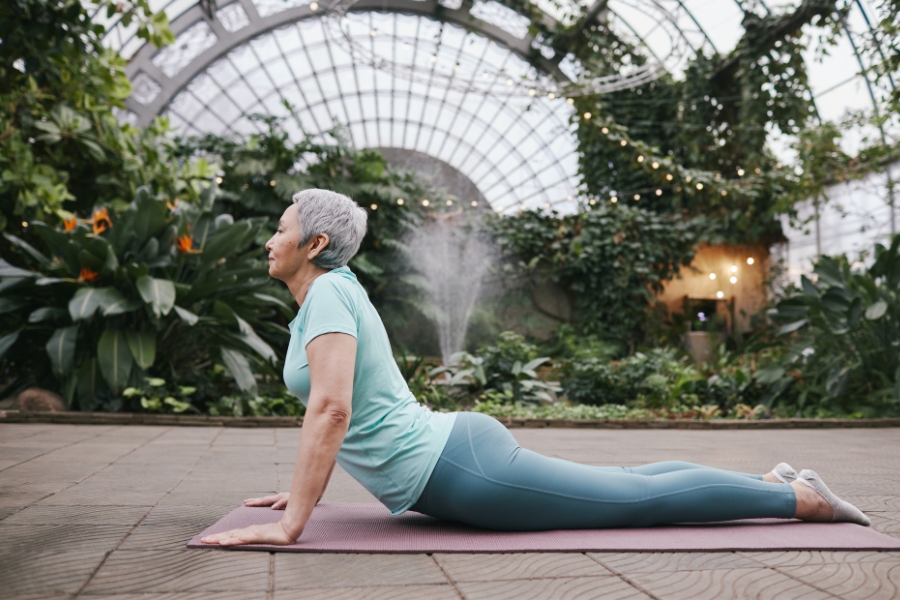
💚 "Happy Plant-Based Eating & Exercising!" 💚

Plant-Based Susy
Plant-Based Nutrition Professional & Weight Loss Coach
Empower Yourself: Embark on a Delicious Fat Loss Adventure

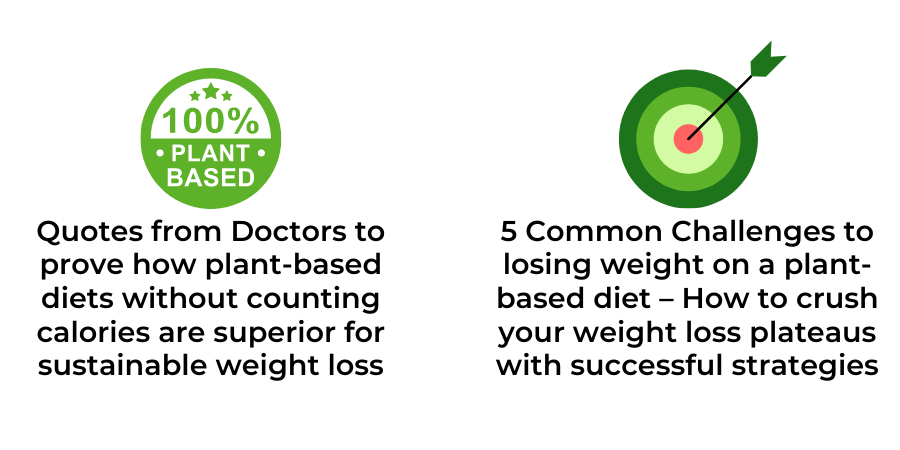
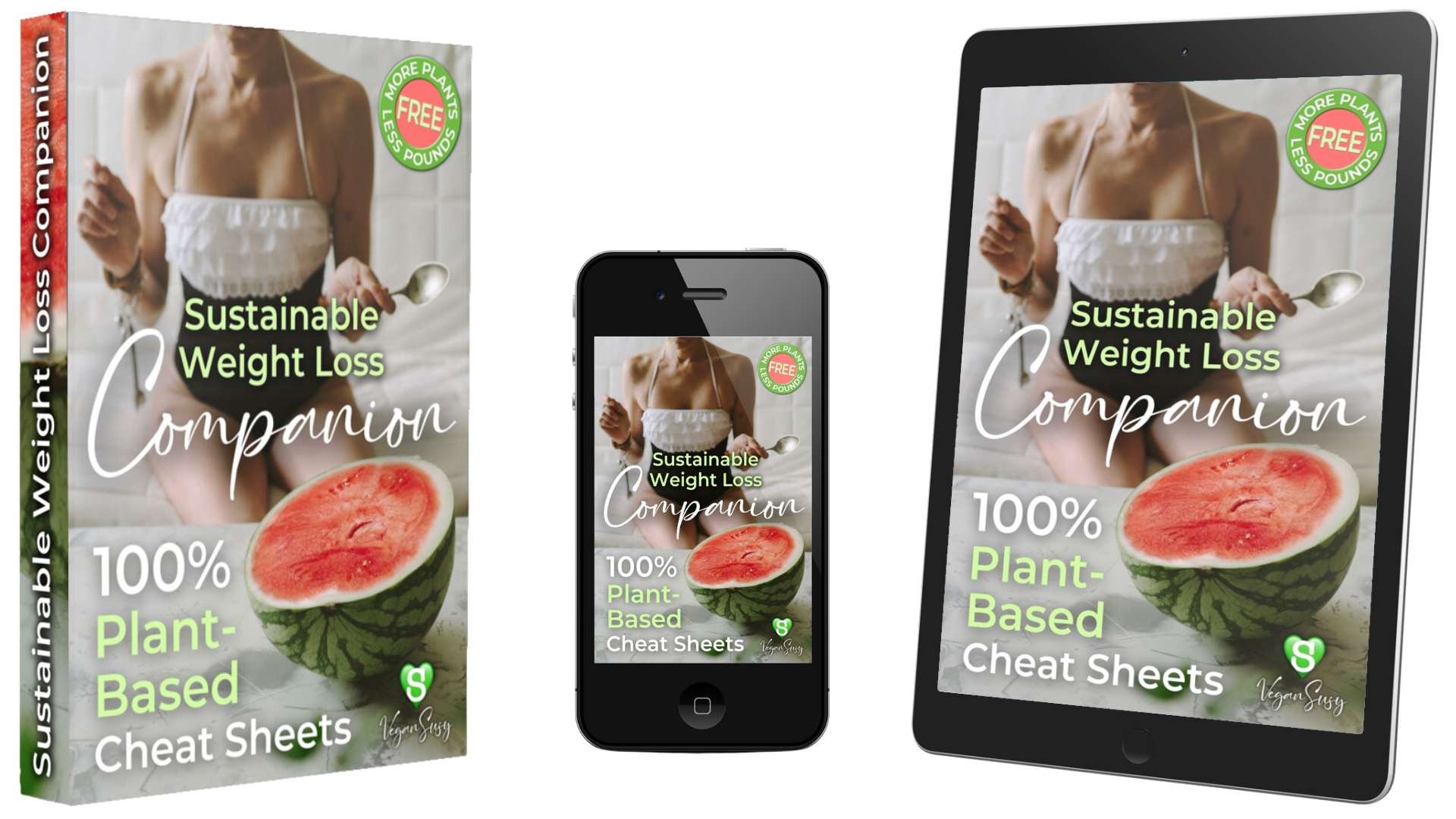
🍉 Get Ready to Jump Start Your Fitness Goals AND DISCOVER A HEALTHIER YOU!
🍉 Let's Make Your Fat Loss & Optimum Health Journey a Delicious Success Story!
🍉 Get The FREE Sustainable Weight Loss Companion eBook and CHEAT SHEETS!
More Free Resources
Unlock Your Transformation Today!
© 2025 VeganSusy Ltd. All Rights Reserved


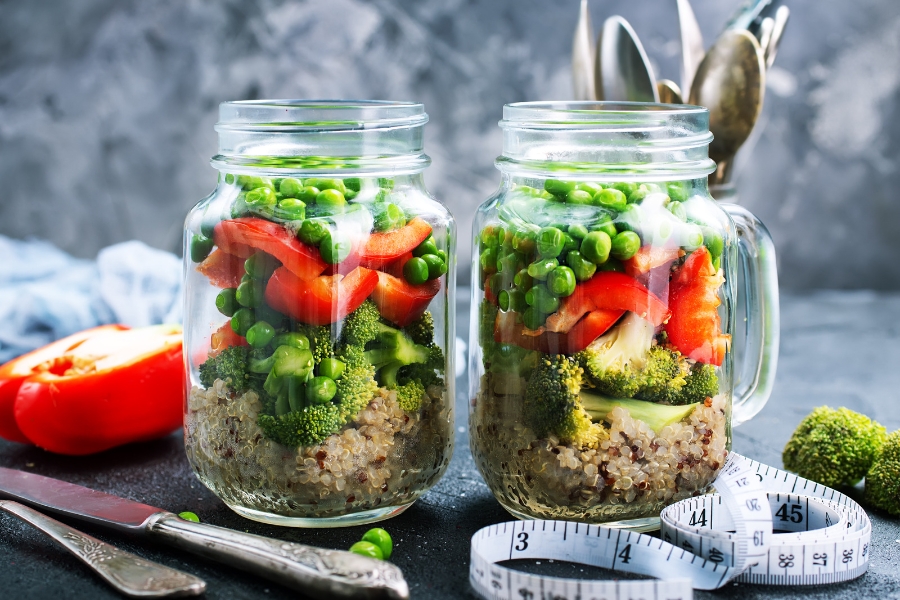
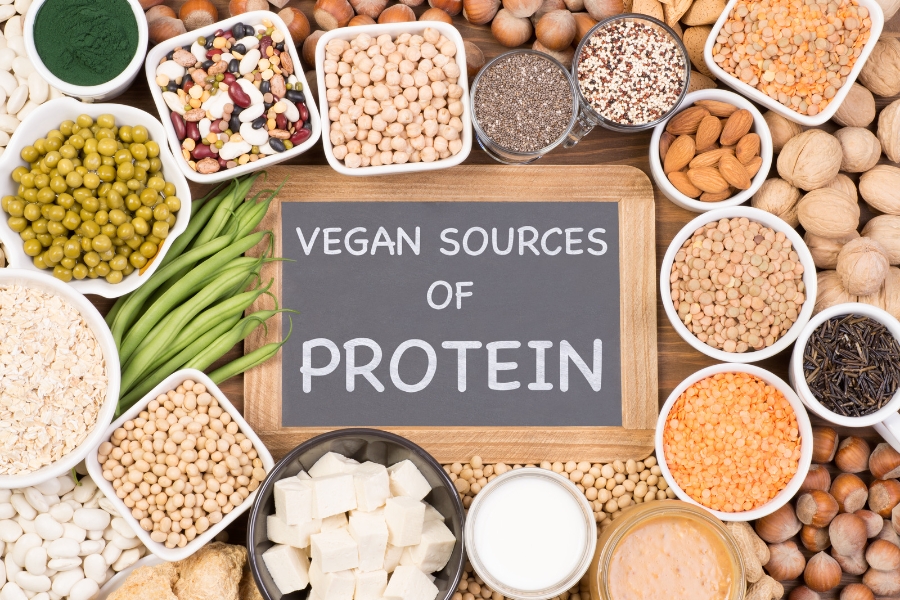

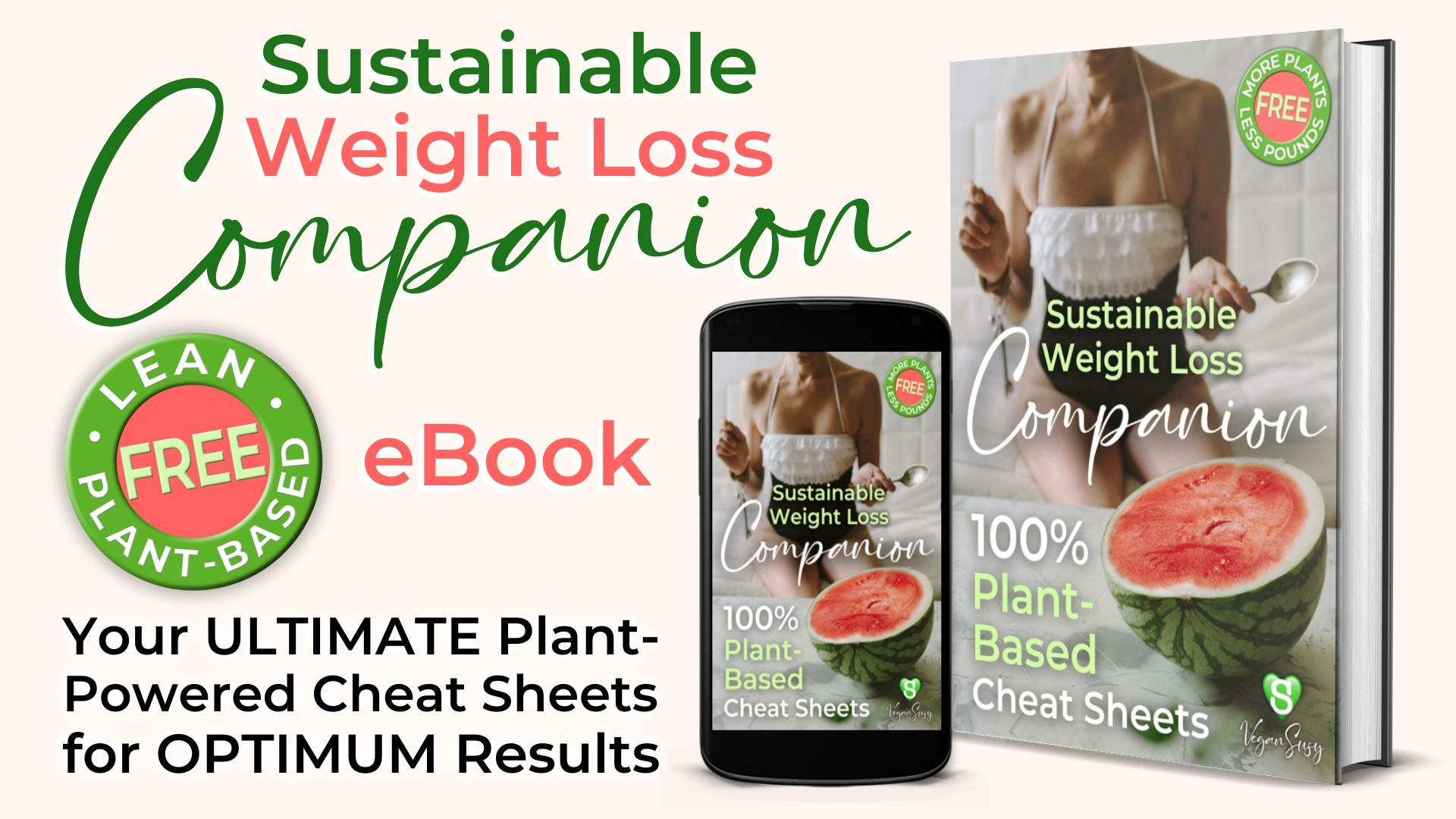





Facebook
Instagram
Youtube
Pinterest